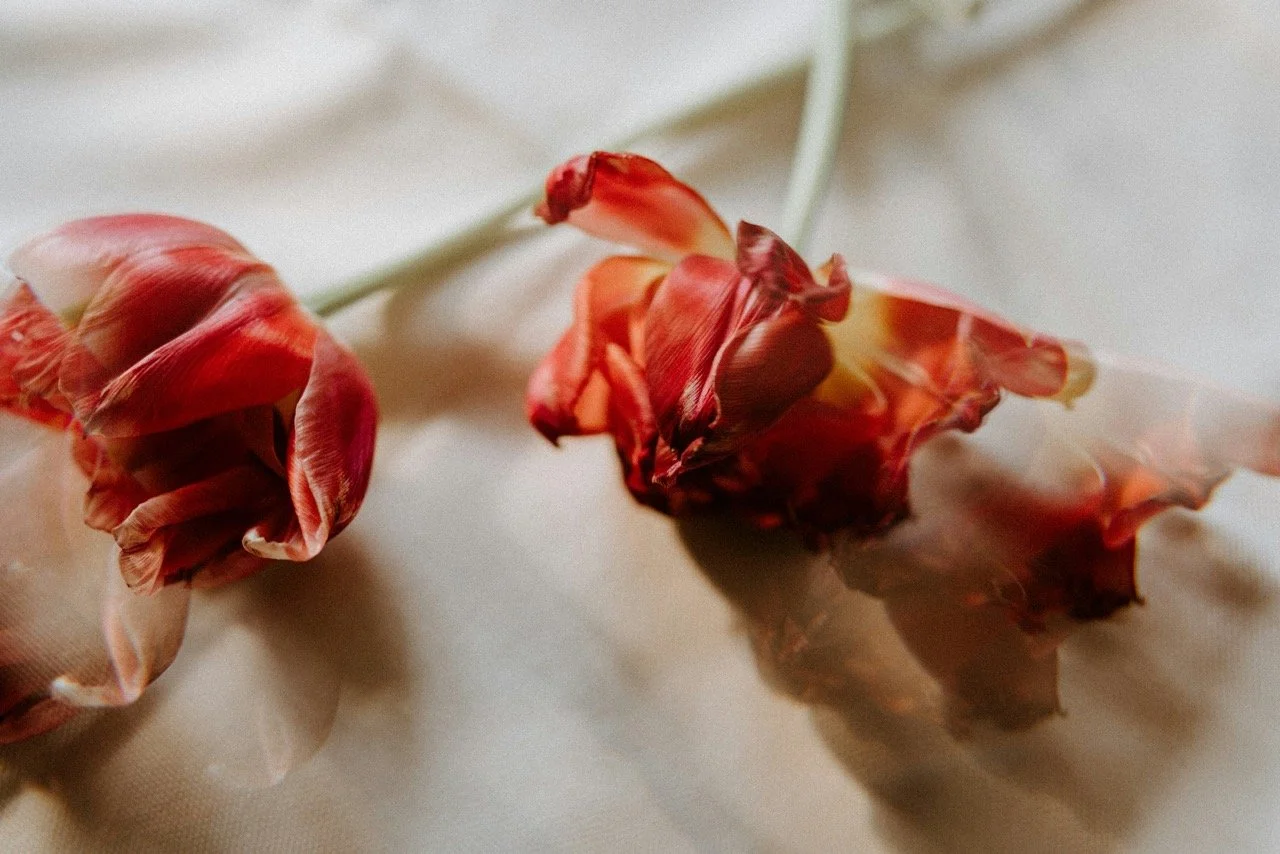How to revive Wilted Flowers
Every flower lover has faced this heartbreaking moment: discovering a cherished bouquet drooping with premature defeat. Before resignation sets in, know that wilting often signals dehydration rather than death. With swift, informed action, you can often restore your blooms to their former glory, transforming disappointment into triumph.
Understanding Wilting: The Root of Recovery
Wilting occurs when flowers cannot absorb water fast enough to replace what they've lost through their petals and leaves. This imbalance might stem from blocked stem vessels, bacterial growth, or simple dehydration. Identifying the cause guides your recovery strategy.
The Emergency Room Approach
Step 1: Immediate Triage Remove the bouquet from its vase and assess each stem individually. Flowers showing only slight drooping have the best recovery prospects, while those with brown, mushy stems may be beyond salvation.
Step 2: The Shock Treatment Cut 2-3 inches from each stem's bottom at a sharp 45-degree angle under lukewarm running water. This removes potentially blocked vessels and creates a fresh opening for water uptake. The underwater cutting prevents air bubbles from entering the stem.
Step 3: The Revival Bath Submerge the entire flower—stem, leaves, and blooms—in lukewarm water for 30 minutes to 2 hours, depending on wilting severity. This technique, called "conditioning," allows the entire plant structure to rehydrate simultaneously.
Advanced Recovery Techniques
The Hot Water Shock Method For severely wilted roses, gerberas, or chrysanthemums, try this dramatic intervention: Cut stems underwater, then immediately place them in 2 inches of very hot (but not boiling) water. The heat forces rapid water uptake while the shallow depth prevents cooking the stems. After 30 seconds, transfer to cool water mixed with flower food.
The Paper Wrap Method For flowers with drooping heads like tulips or gerberas, wrap the entire flower in newspaper, ensuring the stem extends below the paper. Stand the wrapped flowers in deep, cool water for several hours. The paper provides support while the flower rehydrates, often resulting in dramatically improved posture.
The Sugar Rush Technique Create an emergency energy solution using 3 tablespoons of sugar dissolved in 1 quart of warm water. This concentrated glucose provides immediate energy for cellular repair while the flowers recover from dehydration stress.
Psychological Benefits of Flower Revival
Successfully reviving wilted flowers offers more than extended beauty—it provides a profound sense of nurturing accomplishment. This process connects you to life's resilience and your own capacity for healing intervention. The careful attention required creates a mindful moment that can reduce anxiety and provide perspective on life's challenges.
Moreover, the flowers you've saved often seem more precious than those that never wilted. Having invested care in their recovery, you'll find yourself more attentive to their needs and more appreciative of their beauty. This heightened appreciation can extend to other areas of life, fostering gratitude and mindfulness.
Prevention: The Best Medicine
While revival techniques work remarkably well, prevention remains superior. Change water every 2-3 days, trim stems regularly, and keep arrangements away from heat sources and direct sunlight. These simple practices prevent most wilting emergencies, ensuring your flowers remain vibrant throughout their natural lifespan.
Remember, flower care is ultimately self-care in disguise. The attention you give to nurturing beauty in your environment reflects and reinforces your commitment to nurturing beauty in your own life.

